Securing your personal data on smartwatches is crucial in the age of digital privacy concerns. With the ever-growing amount of personal information stored on these devices, it’s important to understand the measures in place to keep your data safe. From encryption to secure authentication methods, smartwatches have several features geared towards protecting your information. In this blog post, we’ll take a closer look at how smartwatches work to protect your personal data and what steps you can take to ensure the security of your information.
Table of Contents
Key Takeaways:
- Encryption: Smartwatches use encryption to protect your personal data, making it difficult for unauthorized users to access or intercept your information.
- Two-factor authentication: Many smartwatches offer the option for two-factor authentication, adding an extra layer of security by requiring a second form of verification, such as a password or PIN, in addition to the device itself.
- Remote data wipe: In the event that your smartwatch is lost or stolen, you can remotely wipe all personal data from the device to prevent it from falling into the wrong hands.
Fundamental Security Features
The fundamental security features of smartwatches are crucial in protecting your personal data from unauthorized access and potential security breaches. These features are designed to ensure that your sensitive information remains secure and inaccessible to anyone other than yourself.
Encryption and Data Protection Mechanisms
The encryption and data protection mechanisms employed in smartwatches are essential in safeguarding your personal data. When you input or store information on your smartwatch, it is encrypted using advanced encryption algorithms. This means that even if someone were to gain access to your device, they would not be able to decipher the encrypted data without the proper decryption key. This level of security ensures that your personal information, such as contact details, health data, and payment information, remains protected from unauthorized access.
Firmware and Software Updates for Defense Against Threats
Regular firmware and software updates play a critical role in defending your smartwatch against evolving security threats. Manufacturers of smartwatches release updates to address potential vulnerabilities and strengthen the overall security of the device. By keeping your smartwatch’s firmware and software up to date, you ensure that the latest security patches and enhancements are installed, minimizing the risk of security breaches and unauthorized access to your personal data.
Design and Production Considerations for Security
However, when it comes to protecting your personal data, the design and production of smartwatches play a crucial role. Manufacturers need to consider security measures during the design and production process to ensure that your personal information remains safe and secure.
Durability and Resistance Factors in Smartwatch Design
When considering security for your smartwatch, durability and resistance factors play a significant role. Smartwatches are designed to be worn daily and exposed to various environmental conditions. Therefore, manufacturers must ensure that the device is built to withstand wear and tear. This includes using robust materials for the casing and ensuring that the device is water-resistant and shockproof to prevent damage that could compromise the security features. Additionally, scratch-resistant screens can also prevent unauthorized access to your smartwatch. Perceiving these factors will ensure that your personal data remains protected.
Customization and Modularity for Personal Security
Another important consideration in the design and production of smartwatches for protecting your personal data is customization and modularity. The ability to customize security settings and modify the device to meet your specific security needs is crucial. Being able to enable or disable certain features, such as GPS tracking or biometric authentication, gives you greater control over your personal data. Additionally, the modularity of smartwatch components allows you to upgrade security features as technology advances, ensuring that your device remains secure against new threats.
Performance and Usability in Data Protection
Now that we’ve discussed the basics of how smartwatches protect your personal data, let’s dive into the performance and usability of the security features. When it comes to data protection, you want to ensure that the smartwatch you choose not only offers advanced security measures but also maintains a high level of usability for everyday tasks.
The Efficiency of Smartwatch Security Features
One of the key aspects of data protection on smartwatches is the efficiency of the security features. Strong encryption, biometric authentication, and secure communication protocols all play a crucial role in keeping your personal data safe. These features work together to prevent unauthorized access to your device and ensure that the data stored on your smartwatch remains secure.
Balance Between Accessibility and Security
When it comes to protecting your personal data on a smartwatch, finding the right balance between accessibility and security is essential. While robust security measures are crucial for safeguarding your data, it’s also important to be able to access and use your device with ease. Smartwatches that offer a seamless user experience while still maintaining a high level of security give you the peace of mind that your personal information is protected without sacrificing usability.
In conclusion, the efficiency of smartwatch security features, such as strong encryption and biometric authentication, plays a significant role in keeping your personal data safe. Finding the right balance between accessibility and security ensures that you can use your smartwatch with ease while knowing that your information is protected. It’s crucial to consider these factors when choosing a smartwatch to ensure that your personal data remains secure at all times.
Advanced Security Options and Innovations
After ensuring the basic security measures on your smartwatch, you may want to explore advanced security options and innovations to further protect your personal data. These options can provide an added layer of security and peace of mind when it comes to safeguarding your sensitive information.
- Biometric Authentication: One of the most advanced security features available on smartwatches is biometric authentication. This technology utilizes unique biological characteristics, such as fingerprint or heart rate, to verify your identity and grant access to your device. The table below summarizes the main advantages and potential vulnerabilities of biometric authentication on smartwatches.
- Integration and Interoperability: Smartwatches are increasingly designed to work seamlessly with other secure devices, such as smartphones and laptops. This integration allows for the sharing of security protocols and the ability to remotely control the security settings of your connected devices. The following subsections will further discuss these advanced security options and innovations.
| Advantages | Potential Vulnerabilities |
| Highly secure and difficult to replicate | Possibility of false rejections or false acceptances |
| Convenient and quick access to your device | Dependence on the accuracy and reliability of the biometric sensor |
Biometric Authentication for Increased Protection Levels
Biometric authentication offers an increased level of protection for your personal data on a smartwatch. By using unique biological characteristics, such as your fingerprint or heart rate, you can ensure that only you have access to your device. This advanced security feature provides a higher level of security compared to traditional password or PIN-based methods.
Integration and Interoperability with Other Secure Devices
Smartwatches are designed to seamlessly integrate and interoperate with other secure devices, such as smartphones and laptops. This connectivity allows for the sharing of security protocols and the ability to remotely control the security settings of your connected devices. By integrating with other secure devices, you can ensure a more comprehensive and unified approach to protecting your personal data across all your devices.
User Considerations and Best Practices
Your smartwatch is only as secure as you make it. While the device comes equipped with built-in security features, it is essential for you to take certain precautions to protect your personal data. By considering your own behavior and implementing best practices, you can significantly decrease the risk of unauthorized access to your information.
The Role of User Behavior in Maintaining Data Privacy
One of the most critical aspects of protecting your personal data on a smartwatch is your own behavior. It is crucial to be mindful of the information you input into the device and the permissions you grant to apps. Avoid sharing sensitive information such as passwords or financial details through the watch, as it can be vulnerable to interception. Additionally, refrain from using unsecured public Wi-Fi networks while connected to your smartwatch, as this can expose your data to potential threats.
Regular Maintenance and Proper Configuration for Optimal Security
Regularly updating your smartwatch’s operating system and applications is paramount in maintaining optimal security. Software updates often include important security patches that can protect your device from newly identified vulnerabilities. It is also recommended to enable features such as passcodes, biometric authentication, and remote lock and data wipe capabilities. Properly configuring these security features adds an extra layer of protection to your personal data and ensures that unauthorized individuals cannot access your information.
The Importance of Smartwatches in Protecting Your Personal Data
The advancements in smartwatch technology have brought about great convenience and accessibility, but they also come with potential risks to your personal data. However, through features such as data encryption, secure authentication methods, and built-in security protocols, smartwatches are designed to protect your personal information from unauthorized access and potential breaches. By utilizing these security measures and staying vigilant with regular updates and strong passwords, you can ensure that your personal data remains safe and secure on your smartwatch.
FAQ
Q: How do smartwatches protect your personal data?
A: Smartwatches protect your personal data through various security measures such as data encryption, password protection, and secure pairing with other devices. Additionally, many smartwatches offer features such as remote data wipe and biometric authentication to further safeguard your information.
Q: What security features do smartwatches have in place to protect personal data?
A: Smartwatches often have built-in security features such as secure boot, secure element chips, and the ability to download and install security patches and updates. These features help prevent unauthorized access and ensure that your personal data remains secure.
Q: How can users ensure their personal data is secure on smartwatches?
A: Users can take several steps to ensure the security of their personal data on smartwatches, such as setting strong and unique passwords, enabling two-factor authentication when available, and being cautious about the apps and permissions they grant to their smartwatches. Regularly updating the device’s software and keeping an eye on privacy settings are also crucial for maintaining data security.

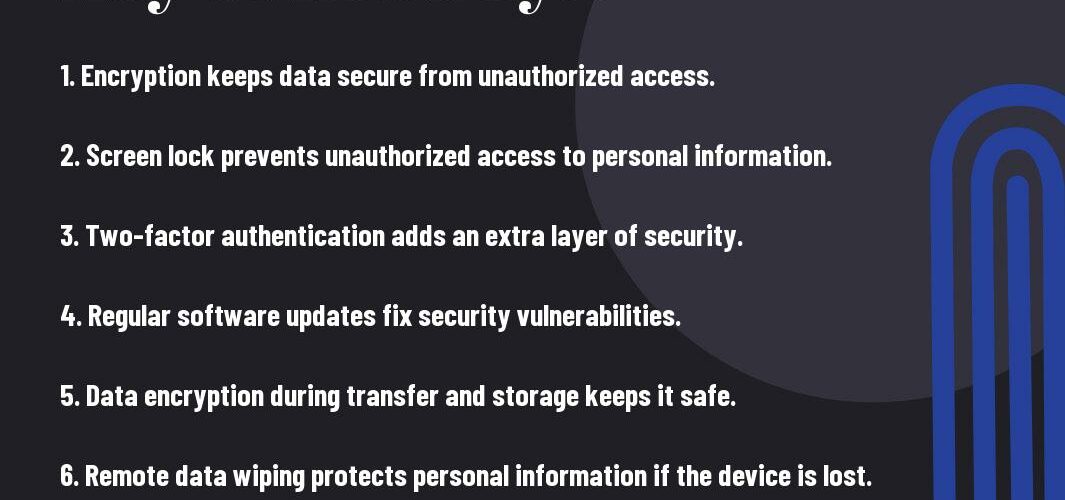
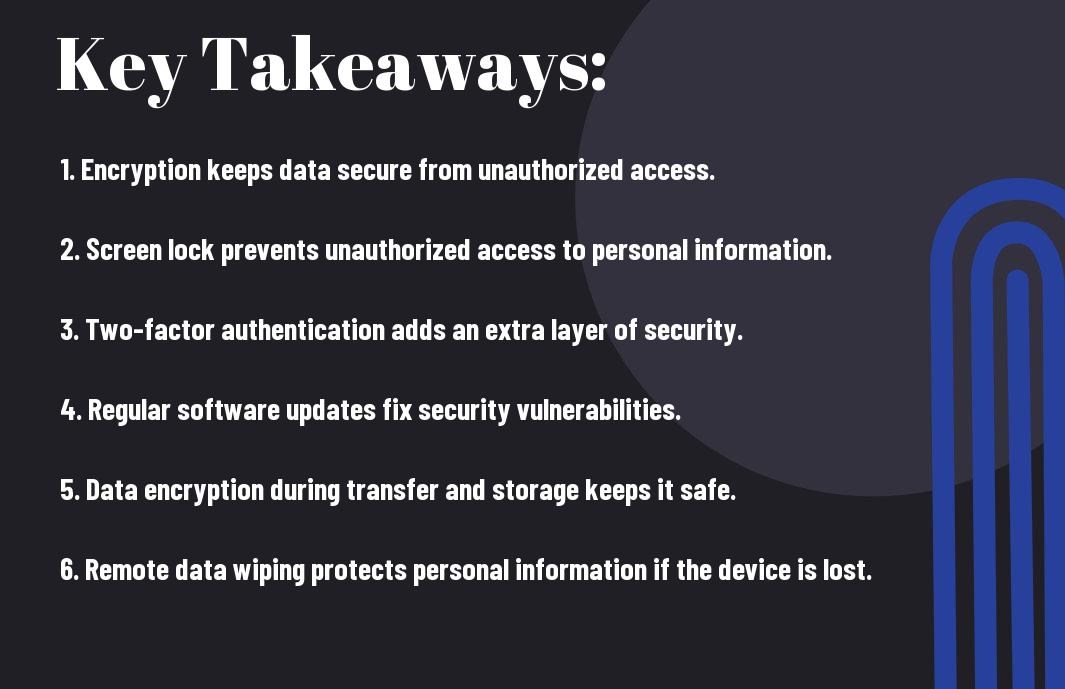
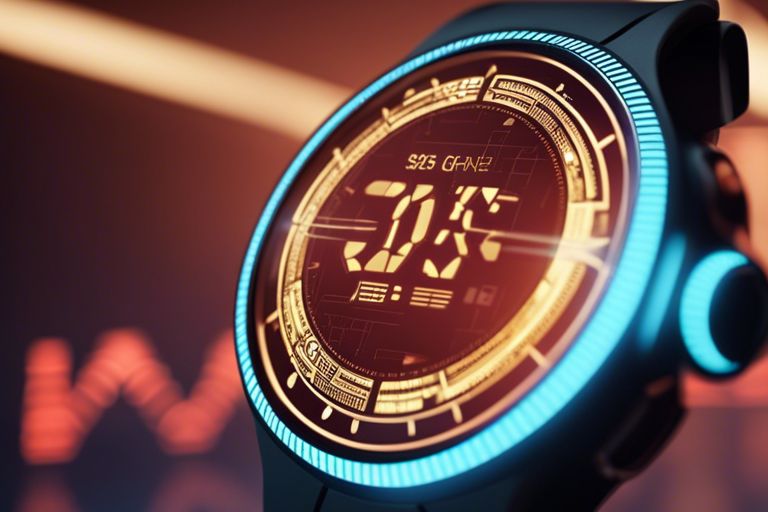

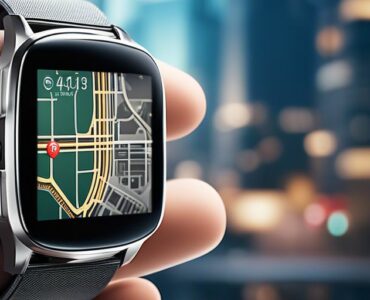
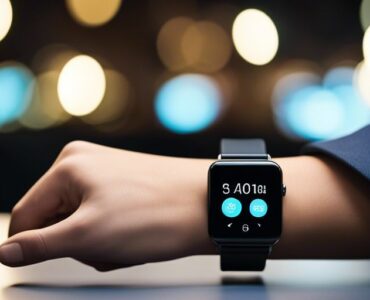





Add comment